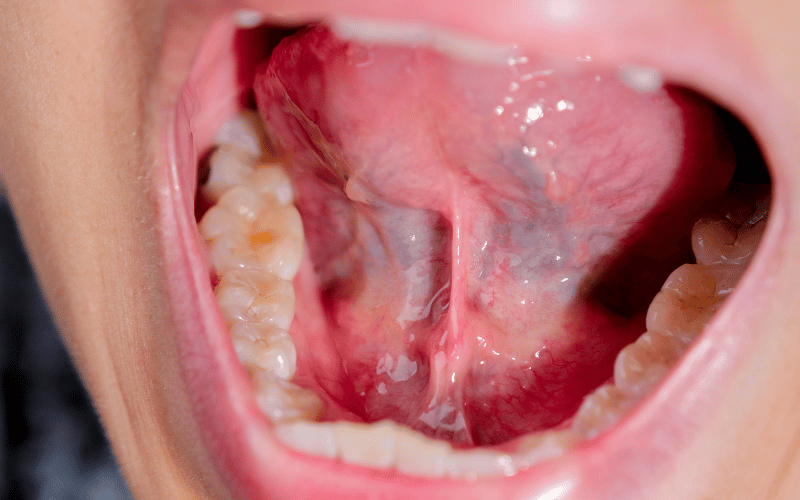Introduction: Navigating the World of Micrognathia
Micrognathia, commonly referred to as micrognathism, represents a complex medical condition characterized by a significantly smaller lower jaw compared to the upper jaw. This disparity in size can lead to a myriad of challenges, affecting vital functions such as breathing, eating, and speaking. For individuals living with micrognathia, as well as their families and healthcare providers, gaining a solid understanding of this condition is pivotal.

In delving into the realm of micrognathia, it becomes clear that this condition is not a standalone issue; it is often intertwined with other medical conditions and syndromes, creating a multifaceted clinical picture. Addressing micrognathia requires a holistic approach, taking into account the various ways it impacts an individual’s life. From the physical complications associated with a smaller jaw, to the potential social and emotional repercussions, understanding micrognathia is the first step towards effective management and improved quality of life.
As we navigate through the intricacies of this condition, it’s important to highlight that micrognathia is not a one-size-fits-all scenario. The causes, symptoms, and treatment options vary significantly from one individual to another, necessitating personalized care plans. This deep dive into the 10 essential aspects of micrognathia aims to shed light on the crucial elements of this condition, empowering patients, families, and healthcare providers with knowledge and insight.
In this article, we will unravel the complexities of micrognathia, exploring its causes, risk factors, diagnostic procedures, and the range of treatment options available. Additionally, we will delve into the vital role of orthodontics in managing this condition, the challenges and triumphs associated with living with micrognathia, and the importance of early intervention. Furthermore, we will examine the association between micrognathia and other medical conditions, and take a glimpse into the future of care for those affected by this condition.
Fact 1: Defining Micrognathia

Micrognathia, a term often used interchangeably with micrognathism, pertains to a condition where an individual’s lower jaw, or mandible, is significantly smaller compared to the upper jaw. This disproportionality isn’t just a matter of size; it has wide-ranging implications, affecting how one eats, breathes, and communicates. The jaw plays a crucial role in various functions and its underdevelopment demands attention and understanding.
Diving deeper, it’s clear that micrognathia isn’t a standalone concern. For some, it’s a congenital issue, noticeable soon after birth. For others, it becomes apparent as they grow. Regardless of when it makes its presence known, the implications are real and often challenging. The jaw’s underdevelopment can lead to difficulties in feeding for infants and potential issues with speech development as one grows.
The physical manifestations of micrognathia are often noticeable, with the chin receding, creating a distinct facial appearance. However, it’s crucial to understand that this condition extends beyond the physical. The psychological impact, particularly as children grow and become more socially aware, can be profound. Self-esteem and confidence can take a hit, making supportive networks and interventions all the more critical.
What sets micrognathia apart from other dental or orthodontic issues is its potential association with other medical conditions. It’s not uncommon for micrognathia to be a component of a syndrome, involving various parts of the body. This interconnectedness underscores the need for a holistic approach to understanding and addressing micrognathia.
In wrapping up our initial exploration of micrognathia, it’s evident that this condition is multifaceted, affecting individuals physically, emotionally, and socially. Acknowledging its complexity is the first step toward effective management, ensuring that those living with micrognathia have access to the care and support they need to thrive. (1)